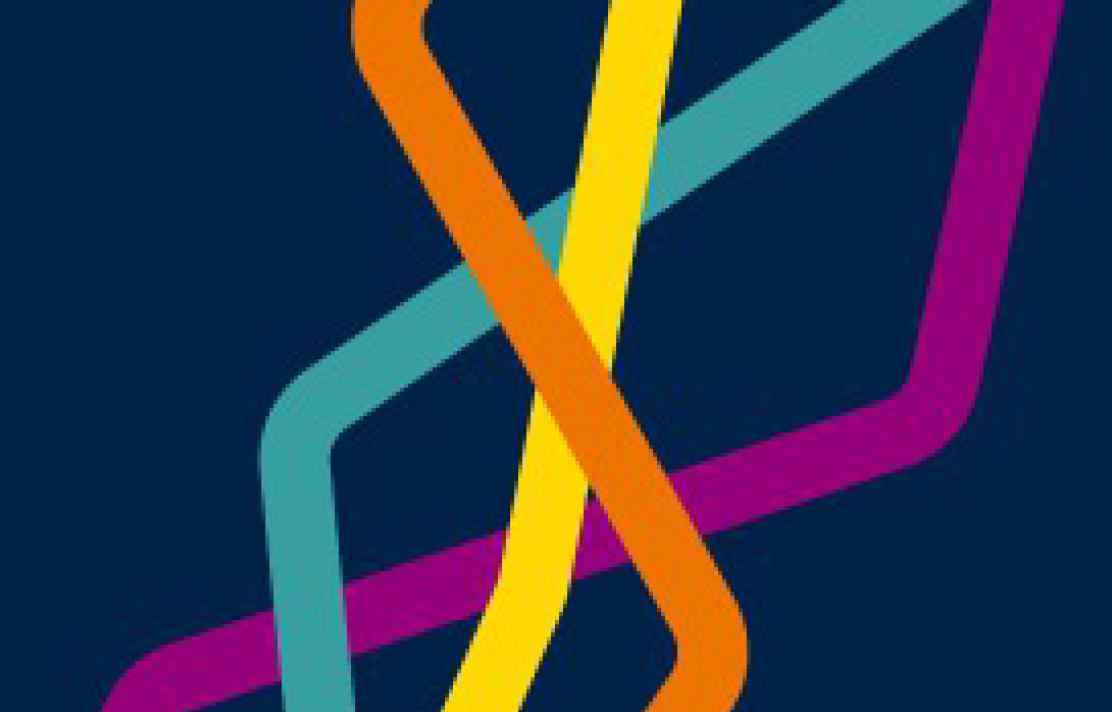Course Programme (may be subject to some modification)
1. Breaking with the Past: Varieties of Modernism
This class will present the central ideas that will run through much of the rest of the course: the idea that, whatever a composer does, it must be a break with what has gone before, and introducing the idea of ‘atonality’ as a marker of musical progress. We will discuss the roots of this idea in the eighteenth and nineteenth centuries before showing how it was expressed in the twentieth century, drawing on German Expressionism from the 1900s and 1910s as a particular example.
2. High/Low Divides
In contrast with the narrative of ‘atonality’ from the first class, the second class discusses the way in which composers drew on popular styles to inform their music as part of a different idea of ‘progress’. The use of jazz in France and the US in the 1910s and 1920s is an important example, though we will also discuss the various folk-song movements across Europe as well, as well as making reference to some of the composers who responded to pop and rock music later in the century.
3. Complexity
Coming back to the story of atonality from Class 1, here we look at composers who developed extremely complex systems for creating music and whose music reflects that approach. These composers formed part of the increasing post-WW2 movement towards an academic, university-based understanding of musical creation. This class will discuss a number of members of the Darmstadt school, as well as composers who took those ideas into the American university system such Elliott Carter and Milton Babbitt.
4. Simplicity
This class is the counterpoint to the one from the previous week, looking at the composers who reacted against ideas of complexity. We will see how their attempts to strip music back or develop less emotional forms of expression responded to a variety of cultural and historical contexts. We will start with post-WW1 neoclassicism, and work our way through to various post-WW2 artistic movements such as minimalism.
5. Music as Component
Here we will explore the ways in which ideas of progress and modernity impacted on the perceptions of various interdisciplinary genres, especially opera and ballet. As we will see, some of these forms worked at developing a progressive identity (some more successfully than others), with examples drawn from across Europe and the US. However, we can also see the emergence of a whole range of new multimodal products, such as film, television and video games, which all raise key questions regarding their interaction with classical music.
6. Music for the People
This class will look at the various movements across Europe and the US that aimed to create music that would be enjoyable by “the common people”, encompassing both capitalist and socialist contexts. Treading a fine line between the simplicity and complexity of the earlier two classes, composers as diverse as William Grant Still, Benjamin Britten, and Dmitri Shostakovich found various solutions to the issue of how the make art music accessible, inflected by the particular national politics around them.
7. Spiritual Dimensions
Rather than looking at a style in itself, this class instead explores the composers who took particular emotional approaches to creating music, with the high and low intensity versions united by certain ideas about music’s spiritual dimension. We will see how music by Kaikosru Sorabji and Olivier Messiaen on the one hand and the American Minimalist school on the other lent themselves well to crossovers between Eastern and Western ideas and between spiritualism and more mainstream religions.
8. Experimental Music
Here we will explore a particularly important thread, running through much of the century, of composers who challenged various conventions associated with music, blurring the lines one what counts as a piece, what counts as music, what counts as performance, etc. Discussing the work of Eric Satie, John Cage and members of the Fluxus group, this class will start to bring together various elements from the rest of the course.
9. Music and Technology
Running alongside the idea of musical experiment, the technology that increasingly made it possible is the subject of this class. Continuing from the previous week in bringing together the threads of the course, here we will look at all the forms of recording, broadcasting, and generating completely new sounds that composers used as part of both personal and institutional contexts. The we will also discuss the impacts that technologies have had on the work of performers, and on the diversity of music history more generally.
10. Playing with the Past? Varieties of Postmodernism
The final class reflects on some of the ideas of modernity and ‘progress’ that have been discussed throughout the course, and turns to some the composers who (arguably) started to move beyond them towards the end of the twentieth century and into the twenty-first. Exploring the various different pathways that music might take from the playful to the progressive, we’ll see that some aspects of modernist thought were never seriously challenged, especially on the issue of originality. We’ll finish with a range of questions about where classical music will go for the future.
There is no compulsory reading required for this course, and there is no set course text.





 Dr Bruno Bower is a lively and enthusiastic tutor whose love of music is infectious. He is a musicologist, performer, composer, and music editor, as well as a highly experienced teacher. He has taught at Cambridge University, University of Surrey, Brunel University, and the Royal College of Music, and his innovative teaching methods have been recognised by Fellowship of the Higher Education Academy. Alongside his courses at Imperial, he currently teaches at the Guildhall School of Music and Drama.
Dr Bruno Bower is a lively and enthusiastic tutor whose love of music is infectious. He is a musicologist, performer, composer, and music editor, as well as a highly experienced teacher. He has taught at Cambridge University, University of Surrey, Brunel University, and the Royal College of Music, and his innovative teaching methods have been recognised by Fellowship of the Higher Education Academy. Alongside his courses at Imperial, he currently teaches at the Guildhall School of Music and Drama.